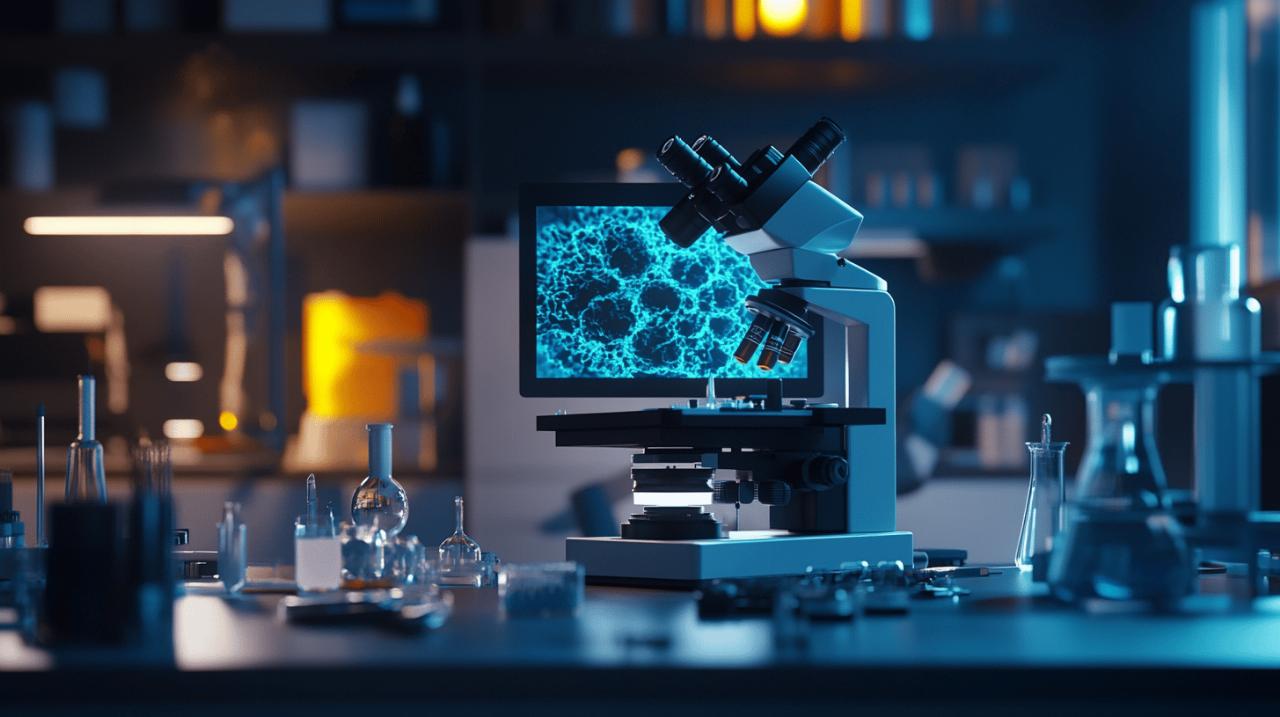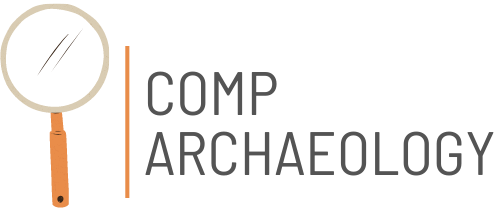Archaeological fieldwork increasingly demands precision and portability when examining artefacts, soil samples, and surface details. Modern LCD digital microscopes bridge the gap between traditional optical instruments and cutting-edge imaging technology, offering researchers and students alike the opportunity to document discoveries with clarity and efficiency. As 2024 unfolds, evaluating the latest models requires a careful balance of optical performance, usability, and practical features tailored to both laboratory and field environments.
Understanding lcd digital microscopes: types, features and core technologies
LCD digital microscopes represent a significant evolution in observational equipment, combining optical magnification with integrated digital displays. These instruments eliminate the need for peering through traditional eyepieces, instead projecting magnified images onto built-in screens. This design proves particularly advantageous when multiple observers need to examine a specimen simultaneously or when documenting findings for later analysis. The core technology revolves around coupling optical lenses with digital sensors, which capture and render images in real time. Illumination systems, typically LED-based, provide consistent and adjustable lighting that enhances contrast and reveals fine surface textures critical to archaeological analysis.
Portable versus Stationary Models: Choosing the Right Format for Field and Laboratory Work
The distinction between portable and stationary LCD digital microscopes shapes their suitability for different research contexts. Portable models, such as handheld digital microscopes, offer remarkable flexibility for field work. These compact devices allow archaeologists to examine artefacts directly at excavation sites, capturing images of pottery shards, tool marks, or sediment layers without transporting samples to a laboratory. Rechargeable battery systems ensure operation in remote locations, while robust construction withstands the rigours of outdoor use. In contrast, stationary models such as boom microscopes provide greater stability and higher magnification ranges for detailed laboratory examination. These desktop instruments accommodate larger specimens and enable prolonged observation sessions without the fatigue associated with handheld operation. Dual stereo teaching microscopes further expand collaborative possibilities, permitting instructors and students to view specimens simultaneously, a feature invaluable in educational settings.
Essential features decoded: screen size, resolution, led illumination and integrated camera systems
Screen size directly influences user comfort and the ability to discern fine details. Displays measured in inches typically range from three to seven, with larger screens reducing eye strain during extended observation sessions. Resolution determines image clarity, with higher pixel counts revealing subtle surface features that might otherwise escape notice. LED illumination systems have become standard due to their energy efficiency, longevity, and ability to produce consistent, adjustable lighting. Some models incorporate variable intensity controls, allowing users to tailor brightness to specific materials and ambient conditions. Integrated camera systems capture still images and video, facilitating comprehensive documentation and enabling researchers to share findings with colleagues or include visual evidence in publications. USB connectivity extends functionality further, permitting direct transfer of images to computers for analysis or archiving.
Comprehensive Reviews and Testing Methodology: Evaluating Magnification, Optical Quality and Usability
Rigorous testing of LCD digital microscopes involves assessing multiple performance dimensions. Magnification capabilities determine the range of observable details, with archaeological applications often requiring flexibility to examine both macro-level structures and microscopic surface textures. Optical quality encompasses factors such as lens clarity, chromatic aberration correction, and depth of field. Superior optical systems render sharp images with accurate colour reproduction across the entire field of view. Usability testing considers how intuitively researchers can operate controls, adjust settings, and navigate menus. Instruments designed with clear interfaces and responsive controls reduce the learning curve, particularly for those new to digital microscopy.
Performance benchmarks: assessing image quality, led lighting efficiency and usb connectivity
Image quality serves as the paramount criterion when evaluating any microscope. Testing protocols examine resolution limits, contrast rendition, and the presence of optical artefacts. LED lighting efficiency matters not only for battery life in portable models but also for heat generation and colour temperature consistency. Well-designed LED systems provide uniform illumination without creating harsh shadows or overexposed areas. USB connectivity testing verifies data transfer speeds, driver compatibility across operating systems, and the reliability of image capture software. Some models offer live streaming capabilities, enabling remote collaboration or integration with digital learning platforms.
User Experience Analysis: Ease of Operation for Beginners and Young Archaeologists
Accessibility represents a crucial consideration, particularly when instruments serve educational purposes. Microscopes designed for beginners feature simplified controls, clear on-screen indicators, and intuitive adjustment mechanisms. Student microscopes often include pre-calibrated settings that deliver acceptable results without requiring extensive technical knowledge. The inclusion of comprehensive instruction materials, video tutorials, and responsive customer service enhances the user experience. Young archaeologists benefit from instruments that balance simplicity with sufficient functionality to conduct meaningful research, fostering enthusiasm without overwhelming them with unnecessary complexity.
Practical Applications in Archaeological Discovery: Observation Techniques and Field Scenarios
 LCD digital microscopes unlock numerous practical applications across archaeological research. Their ability to magnify and document specimens in situ transforms how fieldwork proceeds, enabling immediate assessment of findings without interrupting excavation schedules. The integration of digital imaging with observational work creates comprehensive visual records that support subsequent analysis and publication.
LCD digital microscopes unlock numerous practical applications across archaeological research. Their ability to magnify and document specimens in situ transforms how fieldwork proceeds, enabling immediate assessment of findings without interrupting excavation schedules. The integration of digital imaging with observational work creates comprehensive visual records that support subsequent analysis and publication.
Field-ready observation methods: examining artefacts, soil samples and surface details
In field scenarios, researchers employ portable LCD digital microscopes to examine artefacts directly within excavation contexts. This approach proves invaluable when assessing fragile materials that risk damage during transport or when immediate analysis influences excavation strategies. Soil samples benefit from on-site examination, revealing particle composition, organic inclusions, and microfossils that inform interpretations of site formation processes. Surface detail observation encompasses tool marks on worked stone, wear patterns on metal objects, and textile impressions in ceramics. Handheld digital microscopes equipped with adjustable magnification permit seamless transitions between overview perspectives and close-up scrutiny, adapting to the specific requirements of each specimen.
Documenting Discoveries: Leveraging Digital Cameras and Image Capture for Research Purposes
The integrated camera systems within LCD digital microscopes revolutionise documentation practices. Capturing high-resolution images at the moment of discovery preserves details that might deteriorate during storage or subsequent handling. Video recording capabilities enable dynamic documentation, capturing the process of uncovering artefacts or demonstrating techniques. These visual records serve multiple purposes beyond immediate research needs, including public outreach, educational materials, and archival preservation. The ability to annotate images digitally, measure features directly on-screen, and compile visual databases streamlines the transition from fieldwork to analysis and publication. Some advanced models support time-lapse photography, revealing subtle changes in specimens over extended observation periods.
Purchasing Guidance and Brand Comparisons: Making Informed Decisions for 2024
Selecting the appropriate LCD digital microscope requires careful consideration of research requirements, budget constraints, and long-term value. The market offers a broad spectrum of options, from entry-level student microscopes to sophisticated research-grade instruments. Understanding key specifications and evaluating manufacturer reputations guide purchasers toward instruments that deliver reliable performance and lasting value.
Key considerations when buying: optical quality, magnification range and build durability
Optical quality should command primary attention, as even the most feature-rich instrument disappoints if it fails to produce clear, accurate images. Prospective buyers should seek microscopes with multi-element glass lenses rather than plastic alternatives, as glass delivers superior clarity and durability. Magnification range must align with intended applications, balancing between broad coverage and optical performance at extreme settings. Build durability matters particularly for portable models subjected to field conditions, with robust housing materials and shock-resistant construction protecting delicate optical components. Warranty coverage and satisfaction guarantees provide additional assurance, with limited lifetime warranties and thirty-day return policies reflecting manufacturer confidence. Volume pricing benefits institutions planning bulk orders, potentially generating savings that enable acquisition of multiple instruments or complementary accessories. Free delivery for orders exceeding specific thresholds reduces total acquisition costs, while free returns within defined periods minimise purchasing risk.
Spotlight on Leading Manufacturers: National Geographic and Other Trusted Brands in the Market
National Geographic has established a notable presence in the educational microscope market, offering instruments that balance accessibility with respectable optical performance. Their product range caters particularly to young researchers and hobbyists, featuring durable construction and clear documentation. Beyond individual brands, family-owned microscope retailers established since 1998 serve research institutions, laboratories, universities, and businesses across the USA. Such companies offer extensive selections including rechargeable LED stereo microscopes, dual stereo teaching models, handheld digital microscopes for field work, and zoom stereo boom microscopes for laboratory applications. These suppliers often maintain relationships with organisations including the US Department of Energy and the National Park Service, serving more than 400 universities nationwide. Archaeologists can potentially achieve substantial savings, with discounts reaching up to 90 per cent on select microscopy equipment. Customer service availability from 9 AM to 5 PM EST, toll-free telephone support, and physical locations in areas such as Roanoke Virginia provide reassurance regarding post-purchase support. When evaluating suppliers, verify their ability to provide volume pricing for multi-unit orders, consult their delivery thresholds, and confirm their return policies to ensure alignment with institutional procurement requirements.








